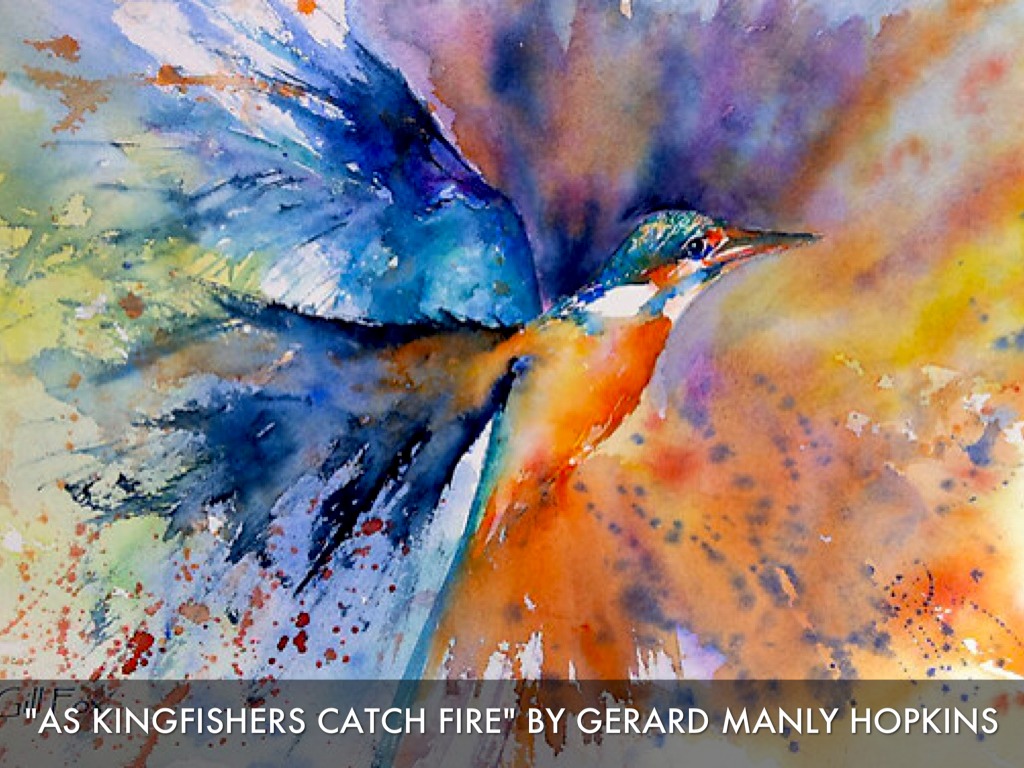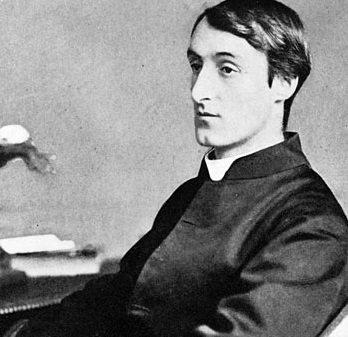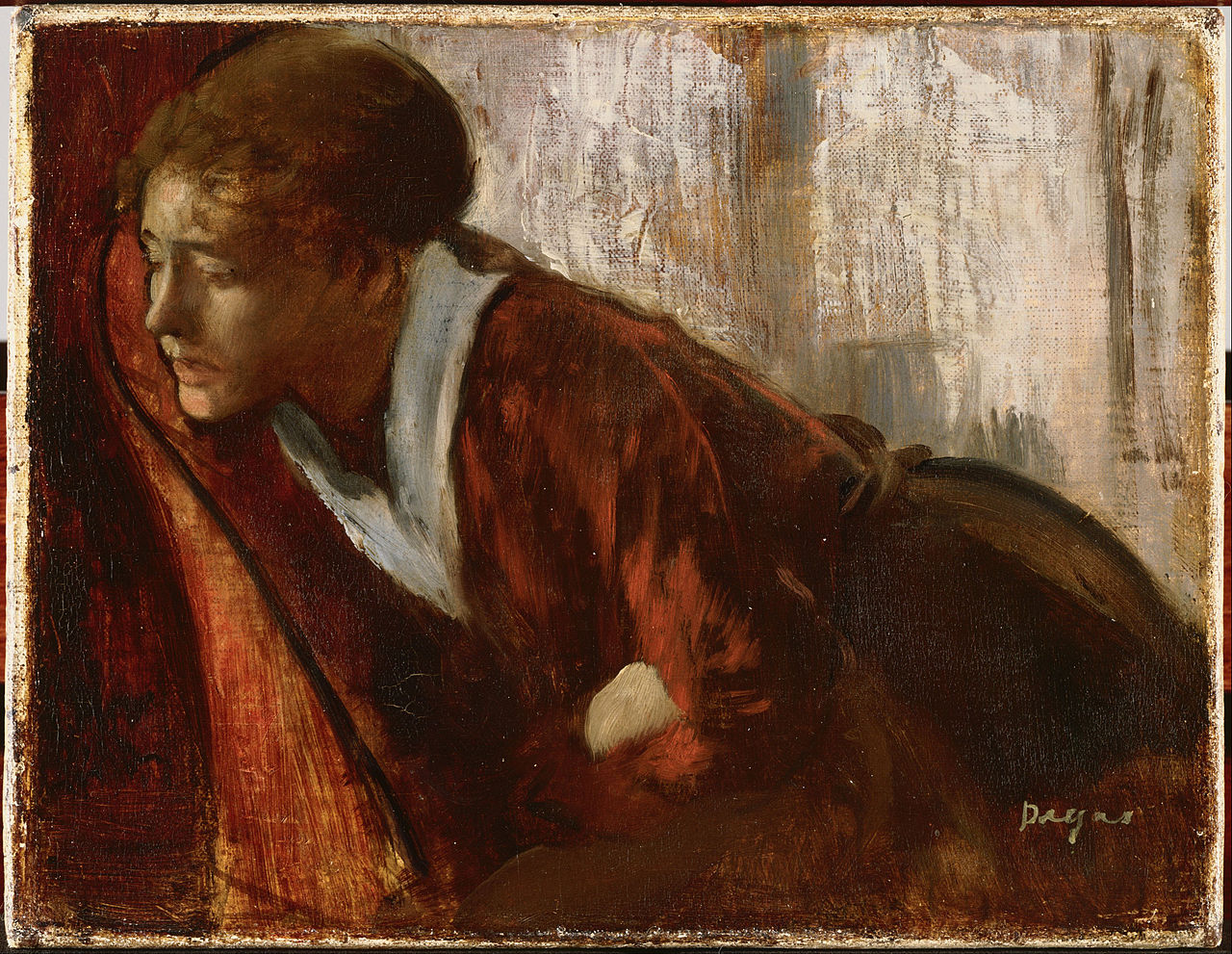The poem ‘On Killing a Tree’ was one of the poems of his poetry collection named ‘Poems’ published in 1966. This collection was launched by Nissim Ezekiel. Most of Patel’s poems center on the human body. ‘On Killing a Tree,’ too, is one such poem.
About the Poet:
Gieve Patel (born on 18th August 1940) is an Indian poet and playwright. His first play was called ‘Princes,’ and it was performed in 1971. He was born in Mumbai and educated at Grant Medical School. He briefly worked as a medical examiner in rural Gujarat before moving back to Mumbai. He currently resides in Mumbai and practices medicine. He is also a painter. As one of the contemporary Indian artists, he has been part of exhibitions around the world.
The Setting of On Killing a Tree:
The poem is set on a very visual plane. The descriptions are vivid, and the mood is sad. There also hangs a sense of darkness in the poem. The pain felt by the trees, as imagined by Patel, dominates the mood of the poem.
On Killing a Tree: Summary
Stanza 1
“It takes much time to kill a tree,
Not a simple jab of the knife
I will do it. It has grown
Slowly consuming the earth,
Rising out of it, feeding
Upon its crust, absorbing
Years of sunlight, air, water,
And out of its leperous hide
Sprouting leaves.”
It tells us that killing a tree is not easy. It is very time-consuming. A jab of a knife is not enough. A tree grows straight out of the earth, nourishing itself on the nutrients found in the earth, along with years of sunlight, water, and air. And even though the bark looks irregular and scaly, leaves and branches sprout from it.
Stanza 2
“So hack and chop
But this alone wont do it.
Not so much pain will do it.
The bleeding bark will heal
And from close to the ground
Will rise curled green twigs,
Miniature boughs
Which if unchecked will expand again
To former size.”
The hack of a knife or an ax or chopping off a bough is not enough to bring a tree down. These jabs may inflict pain on the tree, but the pain is not enough to kill it. The ‘bleeding bark,’ the part where it has been wounded or where a bough is chopped off, will heal with time. New green twigs will grow again; boughs chopped off will be replaced by new boughs, which will grow into their former size.
Stanza 3
“No,
The root is to be pulled out –
Out of the anchoring earth;
It is to be roped, tied,
And pulled out – snapped out
Or pulled out entirely,
Out from the earth-cave,
And the strength of the tree exposed,
The source, white and wet,
The most sensitive, hidden
For years inside the earth.”
In this stanza, the poet explains how a tree could be killed. He says to kill a tree, its root has to be pulled out. The root, which is the source of a tree’s life, must be pulled out of its cave in order to harm the tree mortally. By ‘earth cave,’ the poet means the point deep inside the earth, where the root is attached. Once the center, the life source- the root, is exposed, the tree becomes vulnerable. The source is described as white and wet, probably alluding to tree sap which is a white liquid.
Stanza 4
“Then the matter
Of scorching and choking
In the sun and air,
Browning, hardening,
Twisting, withering,
And then it is done.”
The exposed life source, when left open to the sun and air, will be scorched due to the heat, and the air won’t be able to reach the scorched places to relieve it of the heat. Slowly, it will start to become brown, with all the softness fading out, leaving a hard, lifeless remainder behind. With time, it will start to wither, become dry, and bend out of shape, leaving a corpse where a tree used to be. In short, the exposure will leave the root vulnerable to all vagaries of weather, which will ultimately weaken the tree and kill it.
On Killing a Tree: Annotations
Stanza 1
‘leperous hide’- the bark of the tree. Leperous because the surface of the bark is disfigured and irregular.
’hide’ means skin. Here it means the bark of the tree.
Stanza 2
‘hack and chop’- hacking or chopping means cutting off something, usually with a sharp instrument/weapon.
‘unchecked’- unwatched; unstopped; uncontrolled
Stanza 3
‘earthcave’- the earth, underground, where the root was firmly attached
‘source, white and wet’- the root of the tree containing sap, which is a white liquid and is made up of all the important nutrients and chemicals necessary to sustain it.
Stanza 4
‘scorching’- burning at a high intensity
‘withering’- waning; fading from life
On Killing a Tree: Critical Analysis
This poem works on several levels. On the literal level, the poem talks about the act of cutting down trees. The poet here hints towards rampant deforestation and, through this very visual representation, wishes to communicate to the readers the dangers of deforestation. He never directly advises the readers to stop cutting down trees. Instead, he goes on to explain with painstaking details how a tree should be cut down. He uses the trick of reverse psychology to make the readers realize the pain inflicted on trees. On another level, it is a social critique. It not only puts deforestation in a negative light, but it also exposes the violent nature of humans. It taps into the primal nature of human beings, where survival of the fittest is the guiding mantra. On yet another level, it talks about human beings in general. In this sense, the tree is symbolic of a human being. An individual is made up of their roots (birth, upbringing, and social surroundings). They acquire nourishment in the form of love, care, and education from parents, teachers, and peers. And when an individual is properly nourished on these, it becomes difficult to destroy them. Here, death is also symbolic: as in, it represents spiritual death. But when the source of an individual’s nourishment, by which his soul is made alive, is maimed, it becomes easy to kill the individual. The poem is not only talking about keeping trees safe from harm for the sake of our ecosystem and our earth, but it is also talking about protecting the spiritual lives of human beings for our society to be wholesome.
On another level, it is a social critique. It not only puts deforestation in a negative light, but it also exposes the violent nature of humans. It taps into the primal nature of human beings, where survival of the fittest is the guiding mantra. On yet another level, it talks about human beings in general. In this sense, the tree is symbolic of a human being. An individual is made up of their roots (birth, upbringing, and social surroundings). They acquire nourishment in the form of love, care, and education from parents, teachers, and peers. And when an individual is properly nourished on these, it becomes difficult to destroy them. Here, death is also symbolic: as in, it represents spiritual death. But when the source of an individual’s nourishment, by which his soul is made alive, is maimed, it becomes easy to kill the individual. The poem is not only talking about keeping trees safe from harm for the sake of our ecosystem and our earth, but it is also talking about protecting the spiritual lives of human beings for our society to be wholesome.
The poem is preoccupied with attributing human physicality and qualities to the tree, as seen in most other poems of Patel. This is probably due to his medical background. Most of his poems are tinged with a sense of growth and are both organic and sensual. This poem encompasses both in the form of the tree and human spirituality.
On Killing a Tree: Poetic Devices
‘Slowly consuming the earth,/ Rising out of it, feeding
Upon its crust, absorbing/Years of sunlight, air, water,
And out of its leperous hide/Spouting leaves’- The imagery used here is strong, and it depicts the growth of the tree by consuming nutrients from the earth and absorbing sunlight, air, and water from nature.
‘bleeding bark’- this is an example of personification. The tree is portrayed as a human being throughout the poem, and thus, the part of the bark where it is wounded is represented as bleeding.
On Killing a Tree: Rhyme Scheme
There is no particular rhyme scheme followed in this poem. The poem is divided into 4 stanzas. Each stanza comprises varying lines. The poem is then written in free verse.
On Killing a Tree: Central Idea
The central idea of the poem is that uprooting a tree is not as easy as it seems and not as painless. Similarly, it is not as easy to kill the human soul. The poem tries to portray how a tree is to be injured to kill it, thus showing us that although killing a human soul is difficult, exposing humanity’s essence to external vagaries can mortally damage it.
On Killing a Tree: Theme
Death:
Death is the foremost theme in this poem. The cutting down of trees is equated with death. Every time Patel talks of cutting down a tree, he portrays it as killing it. The death the poet incorporates in this poem is both natural and spiritual.
Deforestation:
Deforestation is another major theme. Deforestation has become a problem, especially in modern times, where forests are cleared to make roads or for furniture for fossil fuel. It is incredibly harmful to the ecosystem, and the imminent danger is felt throughout the poem.
Pain:
Patel spins a very visual tale of pain where the reader can almost feel the hacks made at a tree. The ‘bleeding bark’ is the visual representation of the pain Patel envisions the tree going through.
On Killing a Tree: Tone
The tone of the poem is sarcastic and filled with caustic remarks. The poet, Gieve Patel, takes this ironic stance to propose his actual view on cutting down trees, which is, according to him, not short of committing an act of murder.
Gieve Patel spins a thought-provoking poem and, through his imaginative description, makes us aware of the vulnerability of human lives, physical or spiritual, and how proper care of inner spirituality can keep one safe from harm. And he does this through a sarcastic diatribe against cutting down of trees, literal or metaphorical.
Updated by Anjali Roongta on 22nd April 2023.
Some online learning platforms provide certifications, while others are designed to simply grow your skills in your personal and professional life. Including Masterclass and Coursera, here are our recommendations for the best online learning platforms you can sign up for today.
The 7 Best Online Learning Platforms of 2022
- Best Overall: Coursera
- Best for Niche Topics: Udemy
- Best for Creative Fields: Skillshare
- Best for Celebrity Lessons: MasterClass
- Best for STEM: EdX
- Best for Career Building: Udacity
- Best for Data Learning: Pluralsight











